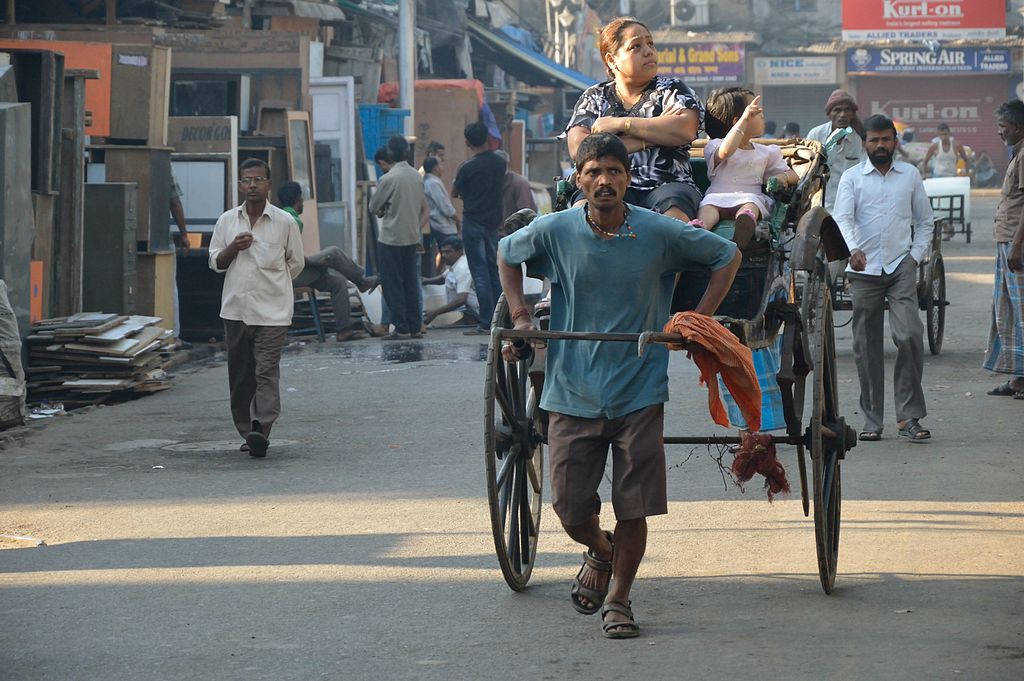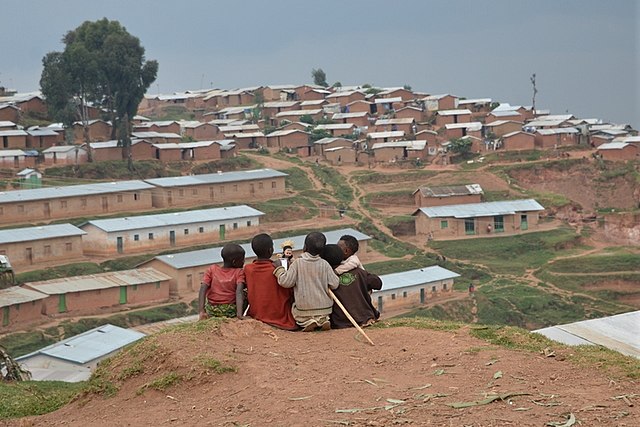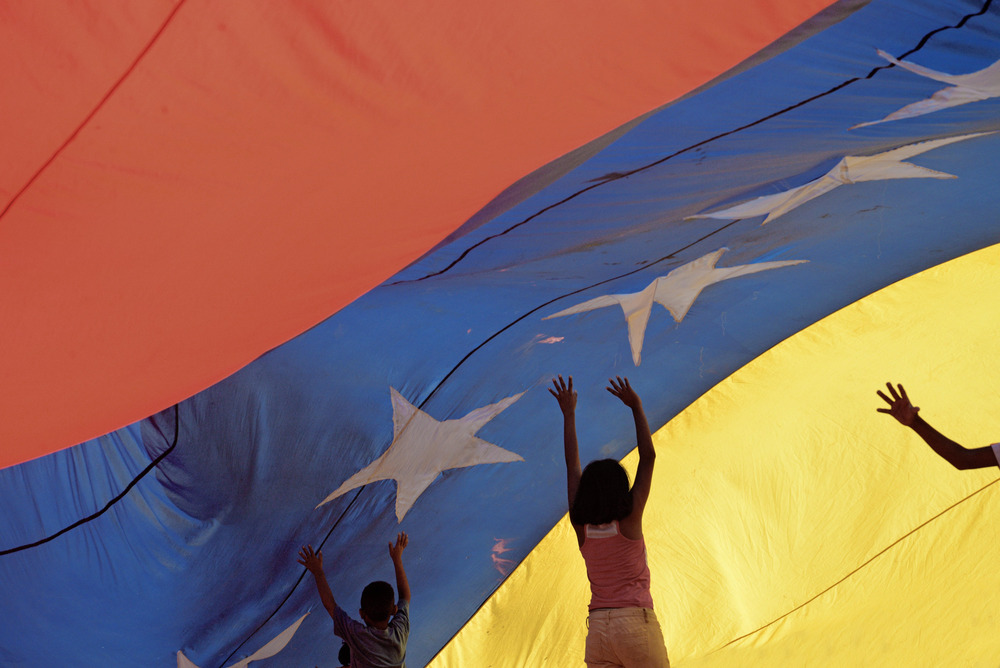Books & Culture
The World of Elena Ferrante: A Non-Fiction Reading List

by Michael McCanne
Elena Ferrante’s Neapolitan novels span some of the most dramatic decades in Italian history. The story is a profound study of female friendship and subjectivity but also an exploration of how history exerts itself on the individual, how important social and political upheavals are embodied in the smallest glances and most intimate details.
In a rare 2015 interview with The Paris Review, Ferrante said:
“I felt Elena and Lila were alienated from history in all its political, social, economic, cultural aspects — and yet they were part of history in everything they said or did. That alienation-inclusion seemed to lie outside the narrative frame. It seemed hard to include in the story. So of course I decided to try. I wanted the historical period to be a faintly defined background, but also to emerge from the characters’ lives, from their uncertainties, decisions, actions, language.”
In that “historical background,” Italian society was transformed on a massive scale, emerging from the ruins of the Second World War to become a major European country. The change in the Mezzogiorno — southern Italy — was epic. In the 1940s in that region, it was still possible to find people living in feudal poverty, their lives largely the same as a century before. By the early 1950s, the rural poor were moving into cities, taking up work in factories and commerce while their children entered university or became office workers. But even with advances in education, industrialization, and women’s rights — and all the struggles those advances entailed — discord, corruption, and patriarchy persisted, seeping into the body politic and erupting in the social conflicts and spats of violence that crowd into the world of the Neapolitan novels.
For English-speaking readers who want to explore that history more, these six non-fiction books are the place to start.
1. The Skin, by Curzio Malaparte
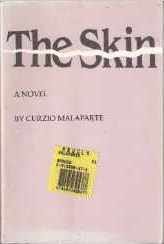
Several ghosts haunt the Ferrante tertraology, but none more than the Second World War and its deprivations. Naples was a key strategic city on the Italian penisula and the Allies bombed it mercilessly, marking the city for decades to come. Lila discovers, however, that the scars of the war were not confined to buildings but reside also in the region’s finances and power structures and that the Solara family used this dark time to get a stranglehold on the neighborhood’s petty economy.
In The Skin, Curzio Malaparte — who was, in his, life, a fascist, an anti-Mussolini activist, a Maoist, and lastly a Catholic — sketches out the liberation (and occupation) of Naples by Allied forces, foreshadowing how the trauma and resentments, the profiteering and black markets would linger on in the city’s soul long after the war.
2. Autonomia: Post-Political Politics, edited by Sylvère Lotringer and Christian Marazzi

As Elena and Lila’s lives diverge in adulthood, they enter the upheaval that gripped Italy in the late 1960s and early 1970s — Elena in the universities and intellectual milieu of the middle classes, and Lila in the grinding horrors of a sausage factory brimming with class conflict and hatred.
Two minor characters, Pasquale Peluso and Nadia Galiani, however, transcend these political currents and embody the trajectory of the radical left. Nadia, a typical bourgeois revolutionary, moves from university protests to the bitter factory strikes and actions, while Pasquale turns to radicalism through those very struggles. Their partnership almost symbolizes the militant coalition of students and workers that emerged in Italy during the Hot Autumn of 1969–1970, a period of unprecedented strikes and university unrest.
Autonomia gathers the breadth and diversity of that movement’s thought and potential, from the more playful Metropolitan Indians — hippies who staged happenings and occupations — to the struggle for worker control on factory floors. It also examines the rise of clandestine armed groups like the Red Brigades that carried out kneecappings, bombings, and kidnappings in what became known as the Anni di piombo or Years of Lead. It is into this last shadowy chapter of the movement that Nadia and Pasquale disappear.
3. Italian Feminist Thought edited by Sandra Kemp and Paula Bono
Ferrante’s novels largely depict her female characters’ alienation from the social and political changes sweeping the country, but also show Italian women organizing to challenge the sexism and patriarchy that persisted in “liberalized” social institutions — like the office, classroom, or factory floor — as well as movements calling for outright revolution.
Out of the radical currents, detailed above, grew a vibrant and confrontational feminist movement and during the 1960s and 1970s, Italian feminism produced some of the most radical and influential theories on gender and woman’s roles in society, and this book collects some of those thoughts and manifestos together. Most famous was the call for “Wages for Housework,” which sought to recognize the massive amount of unpaid labor that fell on women and transform the domestic sphere into a place of struggle.
4. The Moro Affair, by Leonardo Sciascia
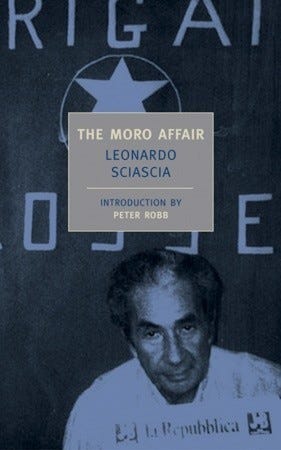
When the Red Brigades kidnapped Aldo Moro (chairman of the center-right Democrazia Cristiana party) in 1978, it marked the nadir of a political struggle between the far-left and the Italian state that developed out of the factories and universities and, at times, bordered on civil war. It was also a turning point for many left-wing intellectuals like Elena Greco, drawing a line between those who found the kidnapping and subsequent execution justified and those who couldn’t stomach it. “Moro’s body had been found a little more than a month earlier and I let slip a description of his kidnappers as murderers. It was always difficult with words, my audience required that I calibrate them according to the current usage of the radical left and I was very careful.” She, much like other intellectuals in that time, retreated from political life, unable to bear the calls for violence and repression.
Leonardo Sciascia, a crime writer from Sicily, wrote The Moro Affair not long after Moro’s body was left in the trunk of a car parked on the streets of Rome. It is an attempt to parse the texts of the kidnapping — the letters, the editorials, the declarations of party bosses. It tries to understand why the state and the terrorists seemed to collude in sacrificing this man, one side hoping that the ensuing state repression would galvanize Italians to revolution and the other that it would stamp the radicals out forever.
5. Gomorrah, by Roberto Saviano

The Solara family is the nebulous antagonist of Elena and Lila’s claustrophobic neighborhood. But the reach of their power and influence is always ambiguous, developing and revealing itself throughout the novels. At first they seem wrapped up in smalltime commercial enterprises: the pastry shop, the Cerullo shoe workshop and later shoe store, and also some black-market businesses left over from the war, such as loan sharking and trafficking in stolen goods. By the end of the teratology however, their legitimate business, while expansive, seems a mere front for a large-scale criminal empire tied directly to the Naples mafia, the Camorra.
In his 2006 book, Gomorrah, journalist Roberto Saviano exposed what most people in Naples already knew, that the Camorra crime syndicate was not merely a loose-knit collection of petty criminals but instead a powerful criminal organization that had metastasized into all aspects of the economy and political life, buying politicians, fixing markets, distributing heroin and cocaine, and poisoning the land around Naples with toxic waste.
6. A History of Contemporary Italy 1943–80, by Paul Ginsborg
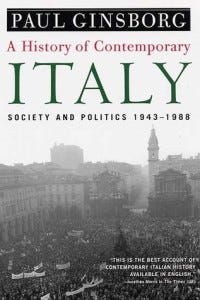
This is an excellent history of modern Italy from Allied liberation to the postwar economic miracle, from the tumult of the 1960s and ’70s to the malaise of the 1980s. Ferrante’s novels navigate this time, and you could chart their progress alongside this history, from the ruins of the allied occupation to the transformation of Italian society into a modern neoliberal state. This books lays out in each section, the weight of historical circumstances — culture, economics, politics — that come to bear on the characters of the Neapolitan novels.
Originally published at electricliterature.com on March 28, 2016.





